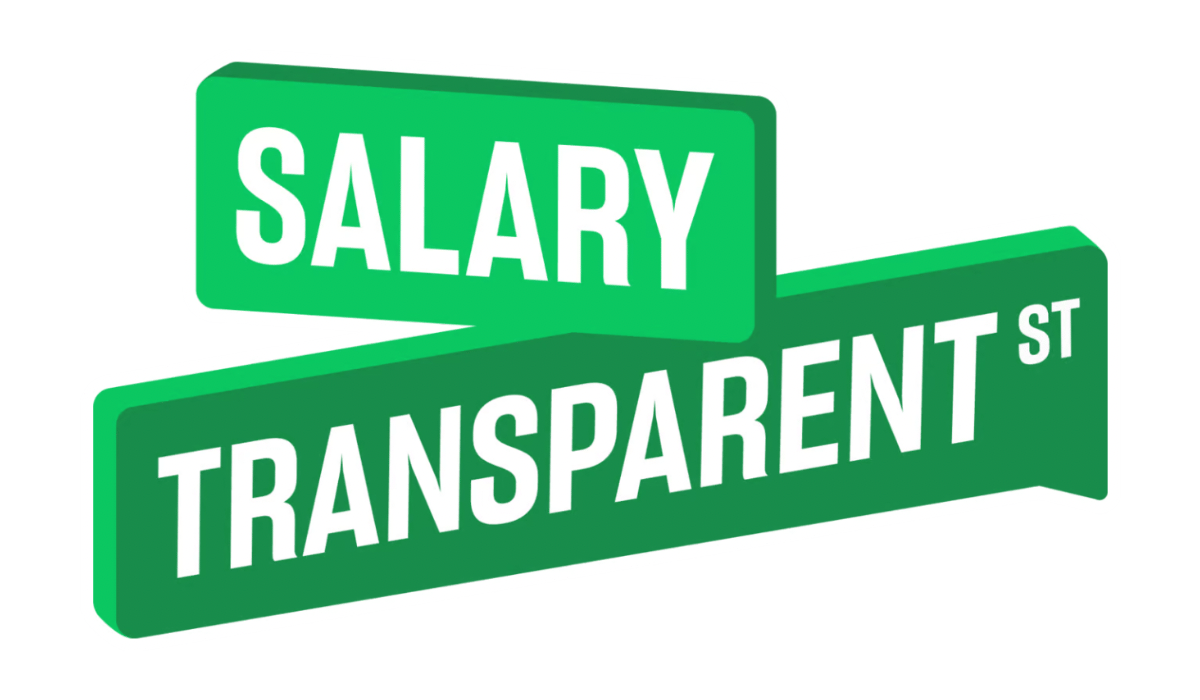- Salary Transparent Street
- Posts
- The No-Fluff Guide to Freelancing
The No-Fluff Guide to Freelancing
Make the leap into freelancing with a plan, not a panic attack.
Thinking about going freelance?
From the outside, freelance life can seem like a dream: slow mornings, working from your favorite coffee shop, and being able to say no to meetings before 10 AM.
And honestly? The day-to-day can be that dreamy. But other parts look more like: juggling six clients at once, chasing down pending invoices, and googling “how to calculate self-employment tax” at midnight.
Keep reading to get the real pros and cons of freelance work and what life actually looks like on the other side!
Project Coordinator, KFORCE (2-Year Contract)
Location: Fremont, CA (Hybrid)
Pay: $35-$41/hr
Not seeing your desired job role? Explore more transparent jobs here!
Are you an employer looking to post roles on our job board? Contact us here.

Freelancers now make up 38% of the workforce and skilled professionals are earning serious money (often more than their traditionally employed counterparts).
That freedom, however, doesn't come without risks: unpredictable income, self-funded benefits, and wearing every hat from CEO to customer service, sometimes all before lunch.
Whether you're considering the leap or already freelancing and wondering if the grass is greener, here's the unfiltered truth about what freelance life actually entails.

Gif by GeneralMotors on Giphy
The Pros: Why People Make the Switch
💰 Higher Earning Potential. Skilled freelancers have the potential to out-earn employees by 2-3x depending on their specialization and time in the industry. When you cut out the middleman, you keep more of the value you create, plus work with multiple high-paying clients simultaneously.
📅 Lifestyle + Scheduling Control. Want to take Wednesday off? Done. Feel like working intensively for 6 months, then travel for 3? Also possible. The freedom to design your own schedule is the #1 reason people go freelance.
🌍 Location Independence. Work from anywhere and access clients worldwide, not just your city. Remote freelancing means more opportunities to maximize earning potential, even internationally (if the workflow fits).
The Cons: Challenges They Don't Advertise
💸 Fluctuating Income. Some months, you might make $20,000; others, you might only make $2,000. However, remember that every month starts at $0. Regardless of where you start, make sure you have 3-6 months of expenses in emergency savings.
🏥 No Benefits. Health insurance, retirement funding, and sick days are all on you. Be sure to factor these costs into your rates (many new freelancers forget this).
😰 The Mental Load. You just became the salesperson, accountant, customer service representative, and subject matter expert, all before lunch. There will be many mentally exhausting days, so be sure to build and invest in systems and boundaries that protect your peace.
📊 Tax Complications. Quarterly payments, self-employment tax (an additional 15.3%), and expense tracking. Be sure to set aside 25-30% of your income to avoid any end-of-year surprises.
How To Take Your First Steps
🎯 Start Before You Quit. Keep your day job and take on small projects, as well as classes to develop your skills on nights and weekends. This helps build your portfolio, tests your skills, and creates some financial cushion before you make the jump.
💼 Leverage What You Know. Your first batch of clients can come from your existing network and industry experience. Think former colleagues, industry contacts, and even friends and neighbors. Talk to them about your goals, you never know who might need your help and will want to work with someone they already like (you!).
📝 Get Specific. "I'm a freelancer" gets you nowhere, but "I help companies [xyz] to [end goal/result]" gets you clients. Narrow your focus to stand out in a crowded market.
💵 Price Like You Mean It. Sometimes we undersell ourselves out of fear or because we’re new to a role. Don’t let that hold you back. Research market rates, and factor in all your costs (taxes, benefits, unpaid time, unforeseen labor). You can always negotiate down, but starting low kills your leverage. Have a conversation and don’t be afraid to negotiate and advocate for yourself, just like you would in a job interview.
So, What’s Next?
✨The freelancers who thrive in the long term understand one thing: success isn't about feeling confident every single day. The key? Building systems that help serve you even when motivation is low, from solid contracts that protect your boundaries to pricing strategies that reflect your actual value, not your fears.
Want to hear from someone who's mastered the freelance game? Watch our interview with Alice, a freelance ghost writer who shared her path to six figures with us!

Grab your tea and scroll with us!
From a couple charging guests to attend their wedding, to how much minimum wage should be if it kept up with the boomers, we’re diving into some interesting financial TikToks and giving you our two cents. Tune in here!

Looking for a remote job? 🏠 10 highest-paying remote jobs in 2025.
Want to earn more? 💡 High-income skills to learn without a degree.
$6,300 a month in passive income? 💰 Her advice to starting a side hustle.
Repair or replace? 💸 How tariffs are affecting the household.
Addicted? 🤳 Signs a phone addiction might be hurting your career.
See you next week for more career tips, money moves, and transparent advice! 💚


Reply